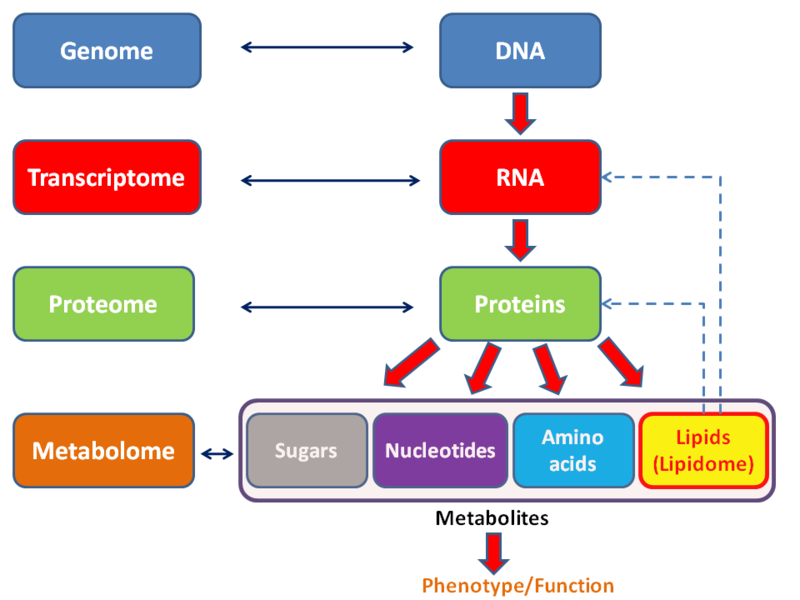Geiger counter Updated 2025-07-16
Magnetic field Updated 2025-07-16
Magnetometer Updated 2025-07-16
Implementations:
- Hall effect based, i.e. a Hall effect sensor
- SQUID device
Metabolome Updated 2025-07-16
National Center for Biotechnology Information Updated 2025-07-16
Nervous system Updated 2025-07-16
Serverless browser P2P chat Updated 2025-07-16
It seems impossible to avoid the signaling server. With signaling server:
StarCraft Updated 2025-07-16
United States Air Force Updated 2025-07-16
Erotica Updated 2025-07-16
Flux balance analysis Updated 2025-07-16
Guzheng piece Updated 2025-07-16
L'Hôpital's rule Updated 2025-07-16
Magnetoresistive disk head Updated 2025-07-16
Mahabharata Updated 2025-07-16
Scientific documentary Updated 2025-07-16
Specific heat capacity Updated 2025-07-16
The best quotes of all time Updated 2025-07-16
Ciro's best quotes selected by no one other than Ciro can be found at: Ciro Santilli's best random thoughts.
Jesus has some nice ones: Section "Quote by Jesus".
Related to technology:
- "Think" by Thomas J. Watson, 1915. The audio is a must: en.wikipedia.org/wiki/File:Think_Thomas_J_Watson_Sr.ogg. The past greatness of IBM at its brightest.
Devil Updated 2025-07-16
Unlisted articles are being shown, click here to show only listed articles.
